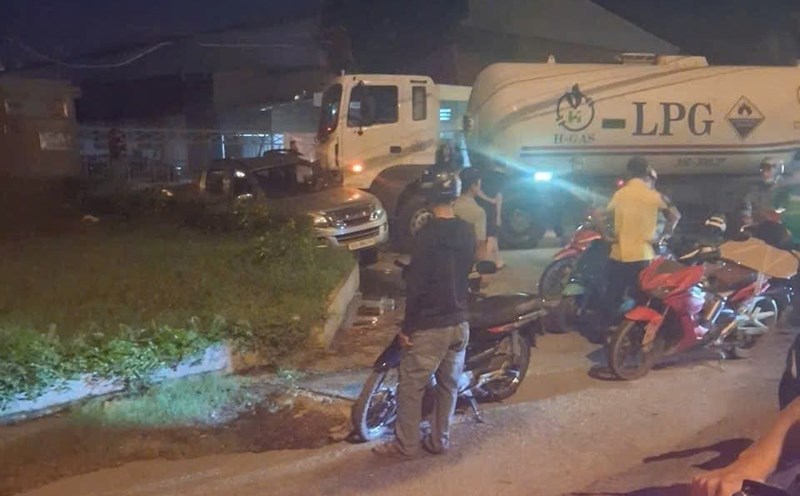Shenzhen City recorded strong winds of about 200 km/h. But as the storm moved westward during the day, the wind speed dropped to about 145 km/h while making landfall near Duong Giang city.
In Giang Mon, wind gusts of more than 240 km/h were recorded.
By the evening of September 24 (local time), major cities in the Chau Giang River Delta have begun to remove restrictions and lower storm warnings.
According to the China Meteorological Administration, satellite images showed Typhoon Ragasa weakening and being downgraded from a "super typhoon" to a "powerful typhoon" on the afternoon of September 24 (local time).
The government of Shenzhen has also previously proactively prepared for many days, opening 865 temporary shelters at schools, gymnasiums, providing food, drinking water and emergency beds.
All economic activities, schools and traffic were suspended from the evening of September 23 (local time), but were almost completely restored by the evening of September 24 (local time). The warning level has been lowered from red to yellow, and workers have begun clearing the streets.
The central government has also allocated 200 million yuan to post-disaster relief, including repairing bridges, dams, schools and hospitals. The capital of Guangzhou also closed schools, transportation and businesses, but Baiyan International Airport resumed flights from 6pm the same day.
However, some other areas are still slightly affected.
Humen town (70km from Shenzhen) was flooded with about 10cm of water, but thanks to the arrangement of sandbags, damage was limited. On Hai Lang Island (Duong Giang), strong winds caused many houses to be severely shaken, some restaurants and streets were half-flooded. Heavy rain is forecast to continue until September 25.







